| Time Machine: To see and hear a place in detail helps one enjoy the reading experience, so I hope to create visual and sensory read alouds to help transport kids to unfamiliar times and places. Sometimes delightful fiction is the best path to reality. For example, the excellent book Woods Runner by Gary Paulsen depicts the forest, the immensity and aloneness of it, in a way suburban Great Plains kids can imagine. Learning that is pleasurable is more likely to stick. |
| Hook Them Into Inquiry: You don’t need to read an entire book. Carefully curated selections give kids a taste of a topic and invite them to explore and inquire more. In Persepolis by Marjane Satrapi, a young Marjane introduces the idea that not all Islam is fundamentalist in telling us about the overthrow of the Shah in Iran. This is a perfect invitation to stretch into pursuing an understanding of a religion that they largely do not about in the Midwest, despite one of the oldest mosques in the United States being just an hour away in Cedar Rapids. |
| Make the Previously Invisible Visible: In Roland Smith‘s book Peak about climbing Mount Everest, you imagine it’s going to be about the climbers. But it’s also about Sherpas, who support the climbers getting to the top. It’s about their lives and troubles. That social studies textbooks leave out minority voices has been thoroughly established. YA literature is one way to address those gaps. |
| Take Different Perspectives to Build Empathy: Having students read Laurie Halse Anderson’s Forge gives students the opportunity to walk in an enslaved person’s shoes and see why they might decide to fight for the British or the Americans. It is a treatise on the essence of freedom disguised as an amazing story of Isabel, Curzon, & Ruth. |
I welcome your suggestions for my library!
In her 25-year career, Jenny Cameron Paulsen, has been an English teacher and an instructional and technology coach. She currently teaches middle level American history and world studies in Cedar Falls, Iowa. Reading YA hooked her in 7th grade when her best friend gave her a copy of The Outsiders. Teenagers are her chosen people.
Jenny can be contacted at [email protected].
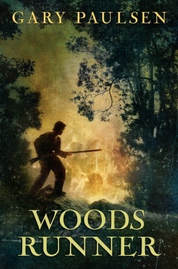
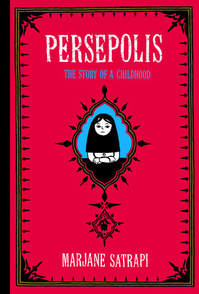
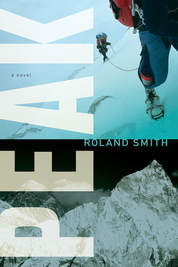
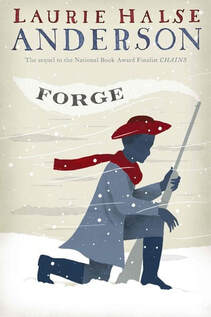
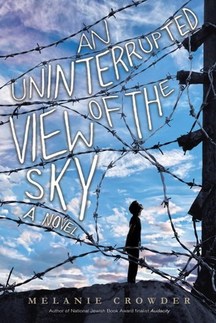
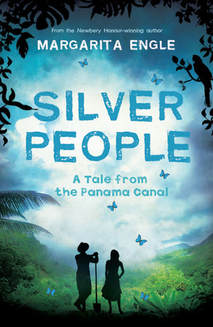

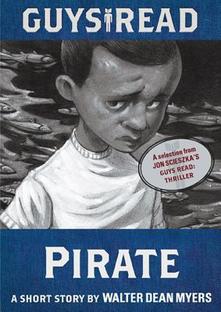
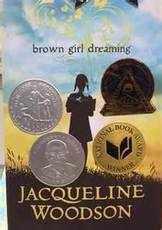
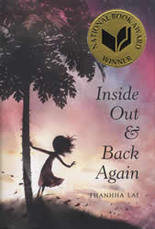
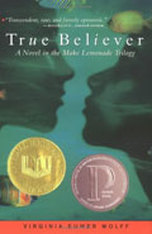
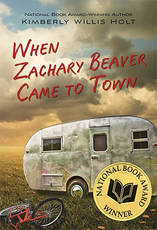
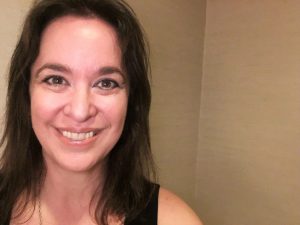
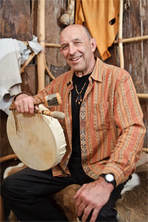

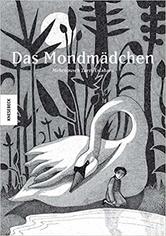
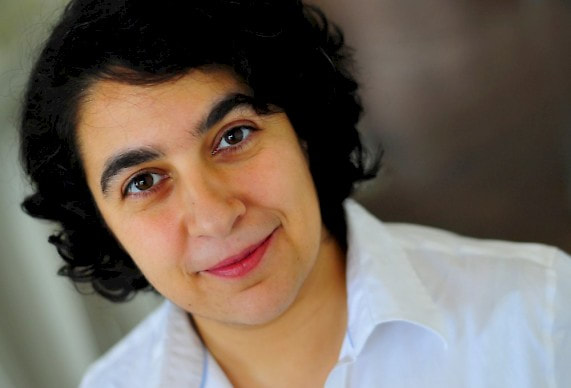
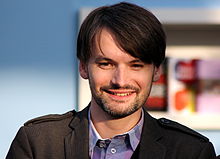

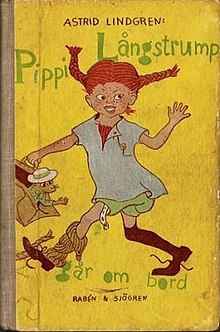
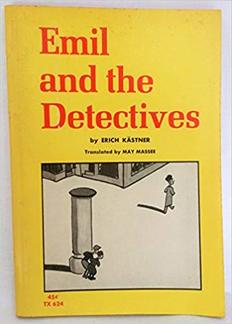
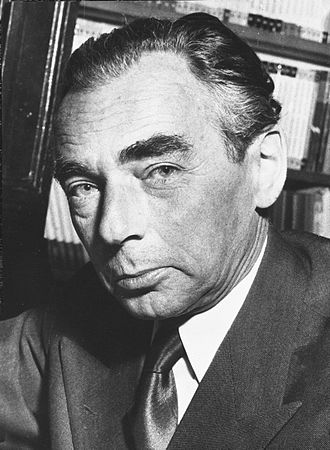
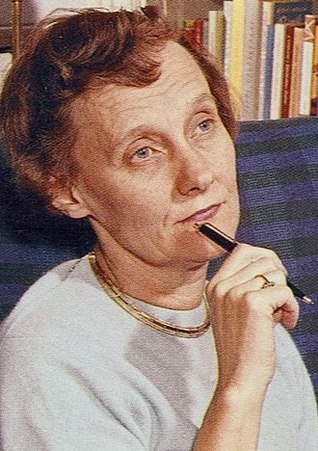
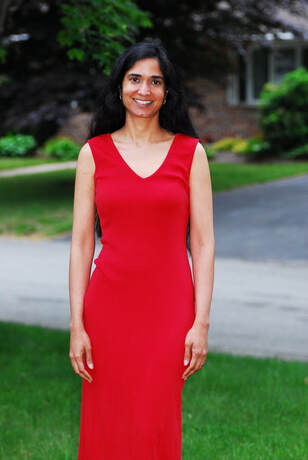
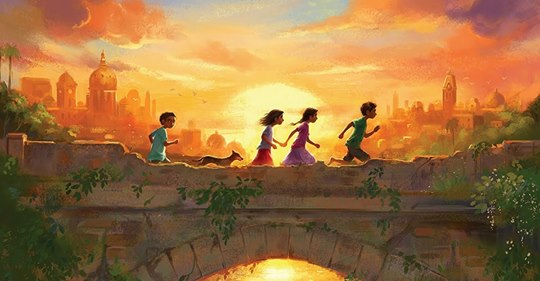
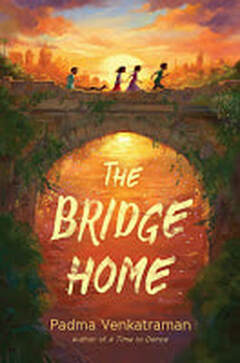
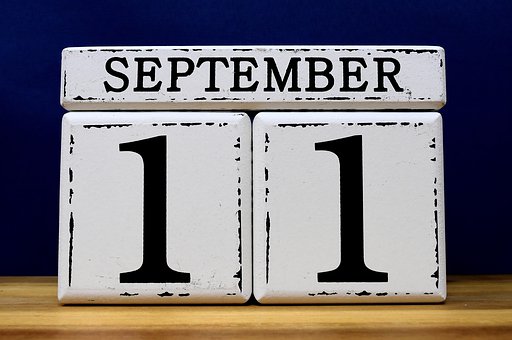

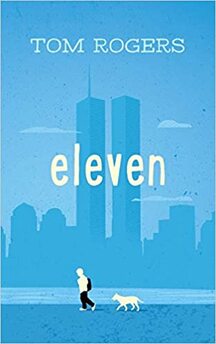
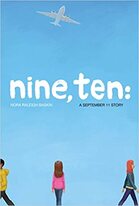
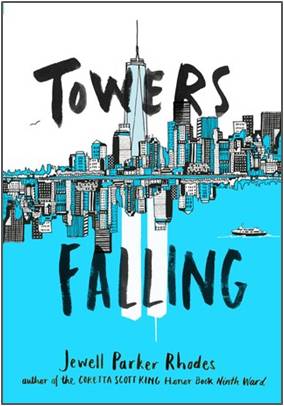
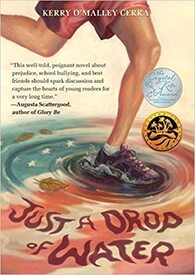
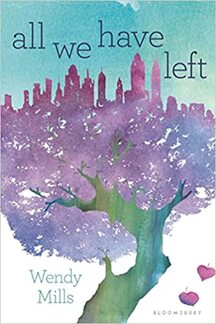
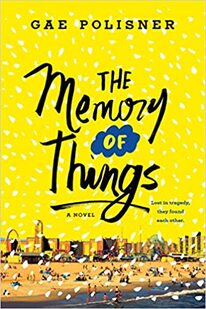
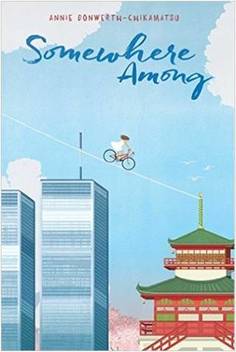
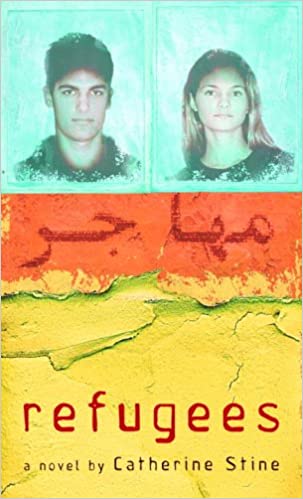
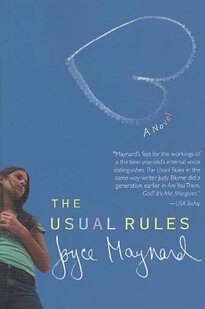
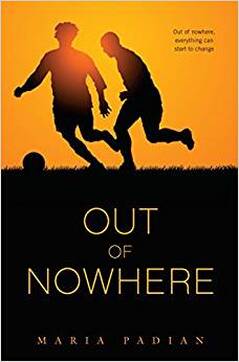
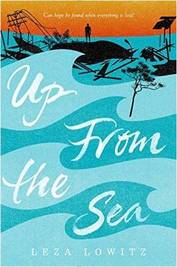
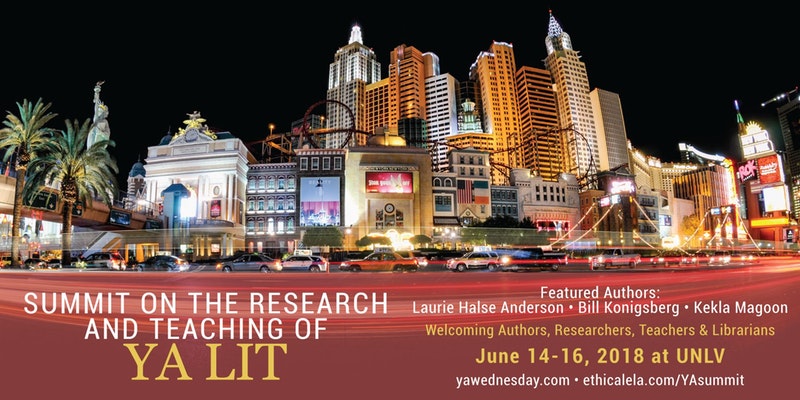
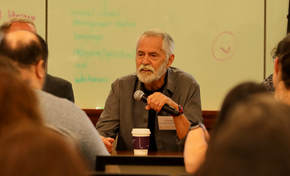
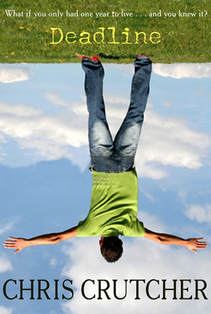
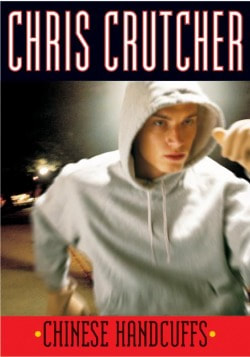
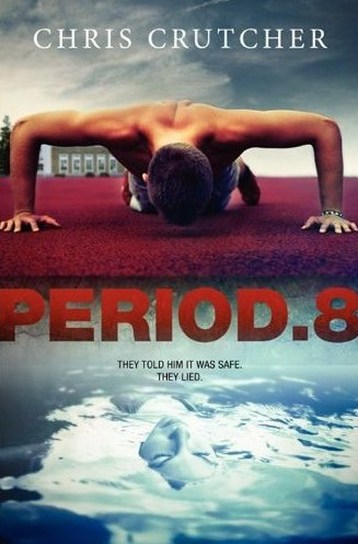
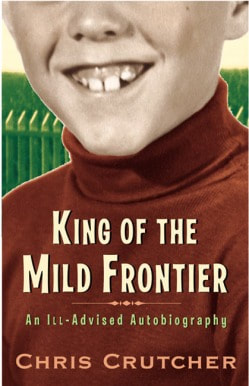
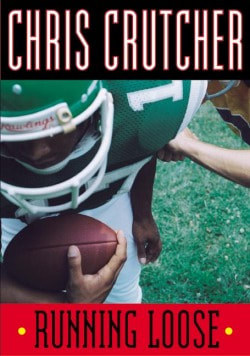
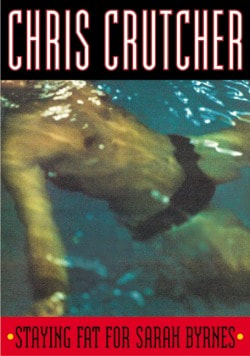
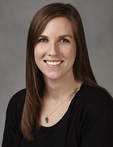
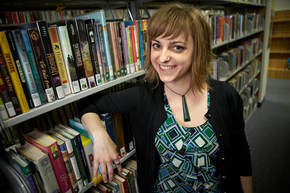
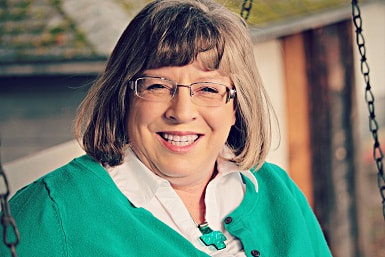
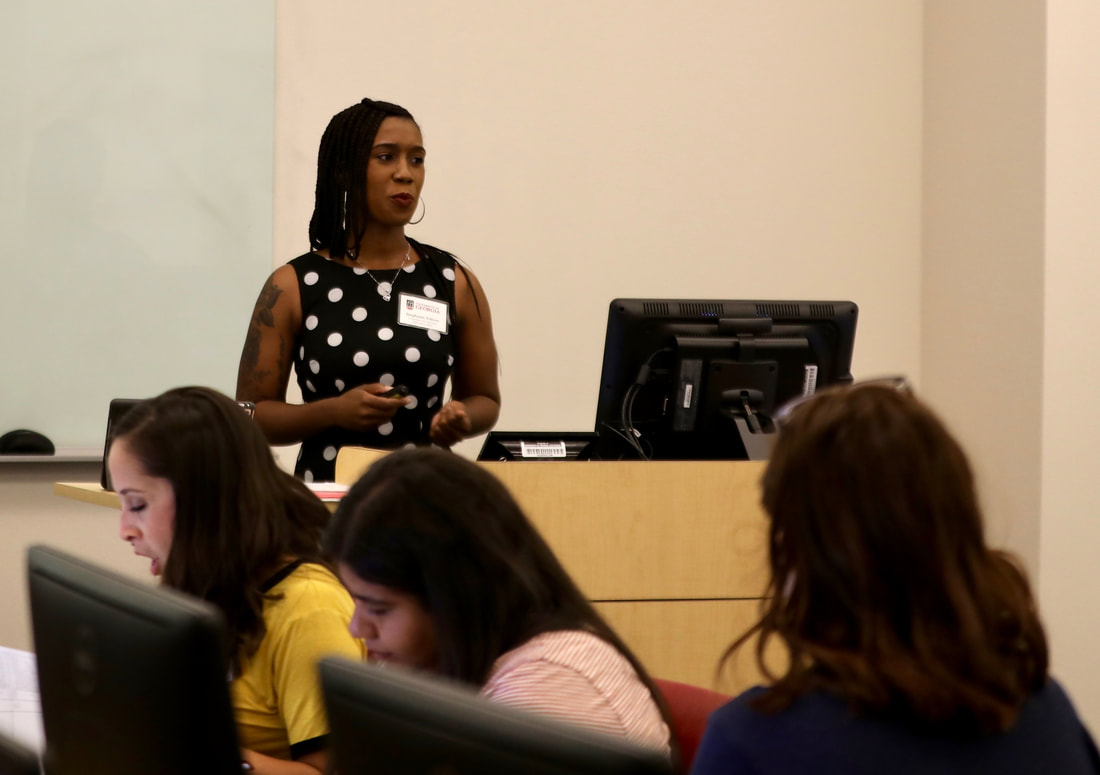
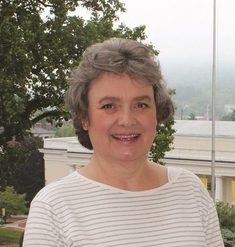

 RSS Feed
RSS Feed